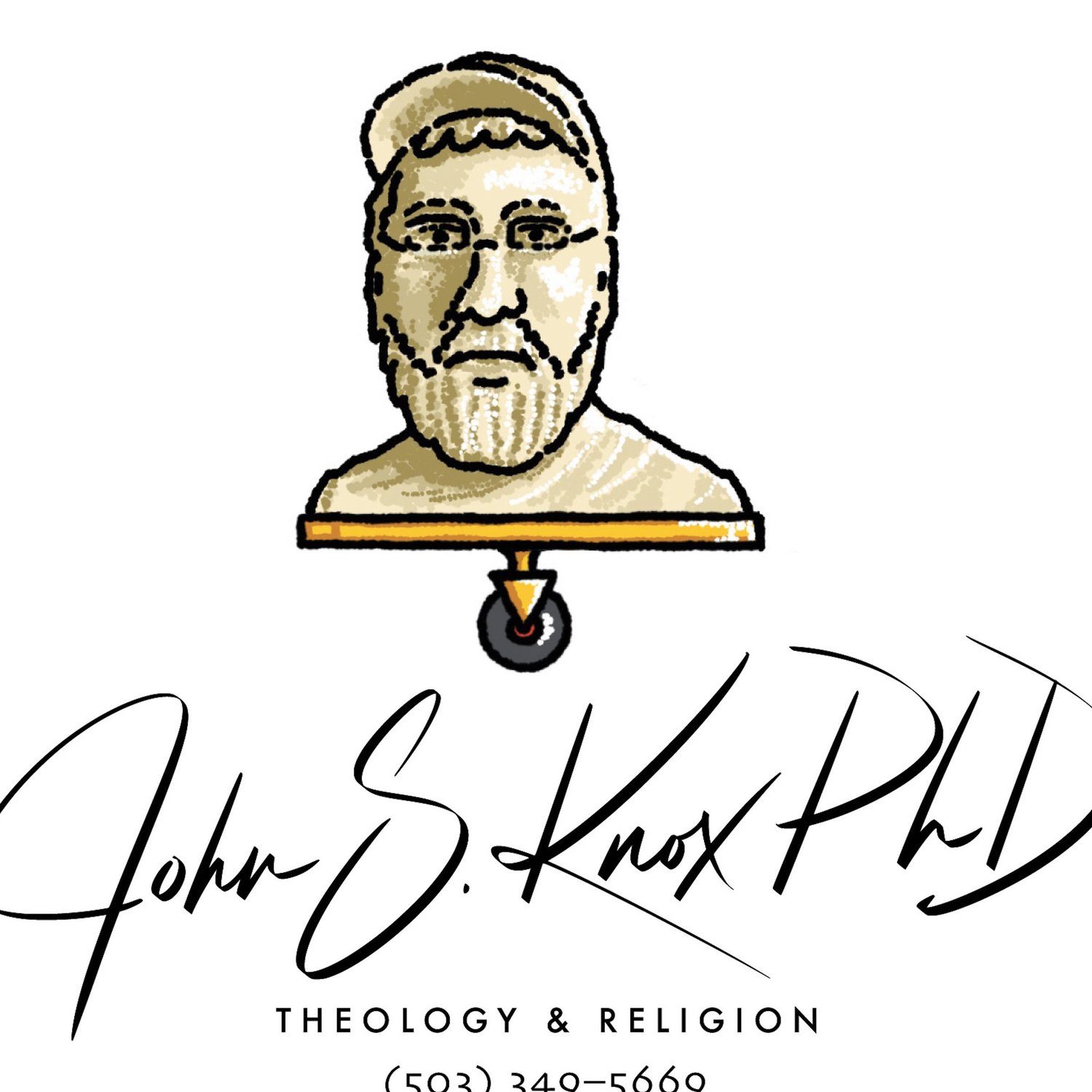Somewhat unsurprisingly, the Middle Ages ended as turbulently as they began. The church itself had undergone a great transformation from its lowly beginnings in the third century to the height of power and opulence in the 14th century. Sadly, it often became hard to see healthy spirituality within the church institution because of the secular tainting that had occurred over the centuries. This originated in two different ways. First, the training of priests was all too often perfunctory and unchallenging. Often times, priests and bishops might purchase their clergy/ office positions (also called simony), leading to a corruption of personal religious integrity. Second, the church had grown rich and rotten, living more in the world of man than the world of God. There was a general worldliness about about the system with its opulence, nepotism, and pluralism abundantly embraced by its leaders in a faith that demanded purity, honesty, and sacrifice.
All this reached a head with the invention of the Gutenberg Press that launched Europe into a new literacy and print culture, providing people with new opportunities and abilities to share information in faster, better ways. Moreover, the Reformation just did not begin in the 1500s. There were several forerunners to the religious change that was about to occur in Europe including Wycliffe, Hus, and Erasmus (among others). These pre-Reformers' responses to the impropriety of the church ranged from stark rebellion to gentle reform but they all had the same critique in mind—the church had grown too secular and needed to repent.
The Reformation itself began within the church itself with one of its most educated and faithful followers – Martin Luther. Despite an earlier career plan of becoming a law student, Martin Luther entered the religious world, becoming a monk in 1505, a priest two years later, and finalized his religious edification in receiving his doctorate in 1512. It cannot be said the Martin Luther did not live and breathe the church; he knew it inside and out.
It was when the church began to sell indulgences (for the forgiveness of sin and removal of earthly penalty) that Martin Luther could tolerate it no further. In his eyes, the selling of forgiveness for sin was not real repentance, unbiblical, and was even more of a stumbling block to true grace and restoration. Indulgences being sold were done in order to finance church building projects such as the rebuilding of St. Peter's Basilica—not for the good of parishioners. Luther was aghast and wrote numerous theses about how the church had erred and proclaimed a manifesto for change, for the church had become sinful and secular.
The church authorities, of course, were indignant and resentful of Luther's "arrogance." They demanded that he recant his assertions, kicked him out of the Augustinian order, and demanded that he come back to Rome for trial. Fortunately for Luther, several German princes in the area "kidnapped" him so that they could help him fight back against religious rulers they also considered to be hypocritical despots. Luther refused to back down, pleading his case in debates with church legates, going so far in one of them to call the Pope "the Antichrist." Luther also took advantage of the new print culture, writing several different pamphlets (which were distributed widely) including "An Address to the Christian Nobility of the German Nation," "The Babylonian Captivity of the Church," and "The Freedom of a Christian."
Not surprisingly, Luther was excommunicated in 1521 by Pope Leo X and attended the Diet of Worms to defend himself in front of the Assembly of theologians (mostly on the side of the Holy Roman Empire). Luther would not apologize nor change his position, bravely maintaining his theological criticisms, demanding them to show where scripture affirmed their position. His teachings were condemned and so, with no other options, Luther officially broke from the church.
First, in 1524, Luther said that priests no longer needed to wear the traditional church habit or outfits; he then proclaimed celibacy to be unnecessary and in 1525, married a Cistercian nun with whom he had they had six children, thereafter. He proclaimed two main theological innovations that ran counter to the "Catholic" way: Sola Fide (By Faith Alone) and Sola Scriptura (Scripture Only). Any other approach was dangerous and worldly.
The schism of the church was finalized and the term, "Protestantism," was coined. Later, Lutheranism as religious movement was the finalized of the Augsburg Confession, which detailed the essential Protestant doctrines and the central Catholic Church errors. Other Reformers followed such as Zwingli, the Swiss Reformer who died during the Swiss Civil War, Anabaptists Conrad Grebel and Thomas Muentzer, who wanted to take the Reformation even further, and Dutch Anabaptists Menno Simons and Balthazar Hubmaier.
